When it comes to building strong, functional legs, few muscle groups are as important—or as misunderstood—as the quadriceps. Located at the front of the thigh, this powerful group of muscles plays a central role in almost every lower-body movement, from walking and squatting to jumping and climbing stairs.
What Are the Quadriceps?
The quadriceps, often called the "quads," are a group of four individual muscles that converge near the knee. These muscles include:
-
Rectus Femoris – The only part of the quad that crosses both the hip and knee joints, making it key for both hip flexion and knee extension.
-
Vastus Lateralis – The outermost portion, giving your thigh that sweeping outer curve.
-
Vastus Medialis – Located on the inner thigh, often recognized by its teardrop shape near the knee.
-
Vastus Intermedius – Found beneath the rectus femoris, this muscle assists in extending the knee.
Understanding these parts of the quad muscle helps athletes and everyday lifters alike train more effectively and prevent muscle imbalances or injuries.
Main Function of the Quadriceps Muscle Group
So, what is the main function of the quadriceps femoris group? Simply put, the quadriceps are responsible for knee extension—straightening the leg at the knee joint. Whether you're rising from a chair, pushing the pedals of a bike, or kicking a ball, your quads are hard at work. The rectus femoris, in particular, also helps with hip flexion, especially during movements like sprinting or performing high knees.
This ability to both straighten the leg and assist in lifting the thigh makes the quadriceps essential for dynamic movement and lower-body strength.
Everyday Importance of Quadriceps Function
Beyond the gym, quadriceps muscles function is vital for daily tasks. Walking up stairs, maintaining balance, or getting out of a car all require quad strength. For older adults, strong quadriceps can significantly reduce the risk of falls and support independent mobility.
From an athletic standpoint, weak quads can limit performance and increase the risk of injuries, particularly to the knees. Training these muscles isn't just about aesthetics—it's about function, longevity, and safety.
A Personal Note on Training Quads
I still remember my early years of training when I focused heavily on compound lifts like squats and lunges. At the time, I thought I was doing enough. But a knee injury from a long hike made me realize how much I was neglecting isolated quad work—particularly for the vastus medialis, which plays a critical role in knee stability. After incorporating targeted movements like terminal knee extensions and step-ups with control, not only did the pain disappear, but my performance in squats and running improved dramatically.
This experience taught me that understanding how each part of the quadriceps muscle works allows for smarter, more effective training—and fewer setbacks.
Final Thoughts
The function of the quadriceps muscle group goes far beyond the gym. Whether you're an athlete, a weekend warrior, or someone simply aiming for better mobility and joint health, training your quads with intention can make a measurable difference. Knowing the roles of each muscle and prioritizing strength, flexibility, and control will help keep your legs powerful and injury-resistant for years to come.




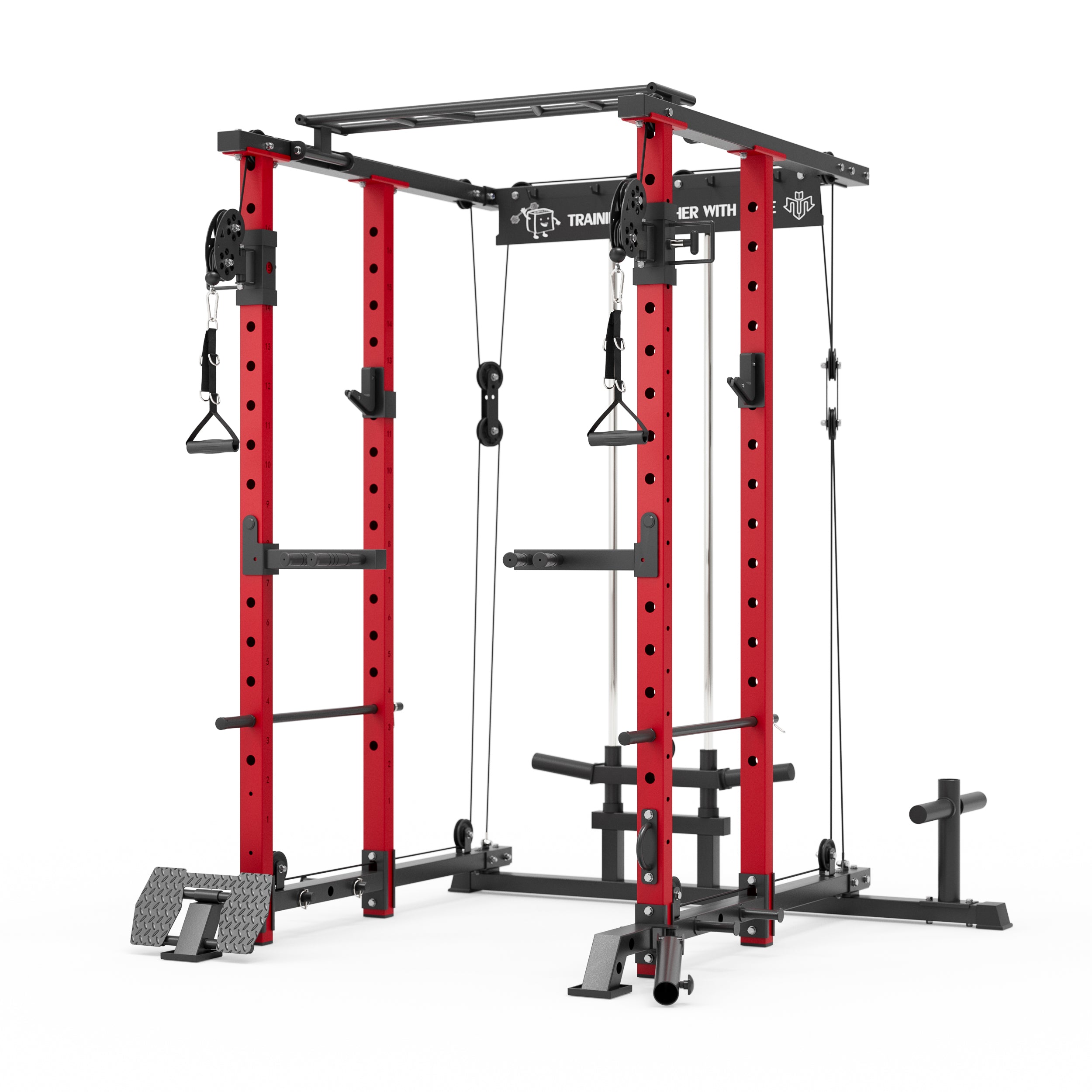


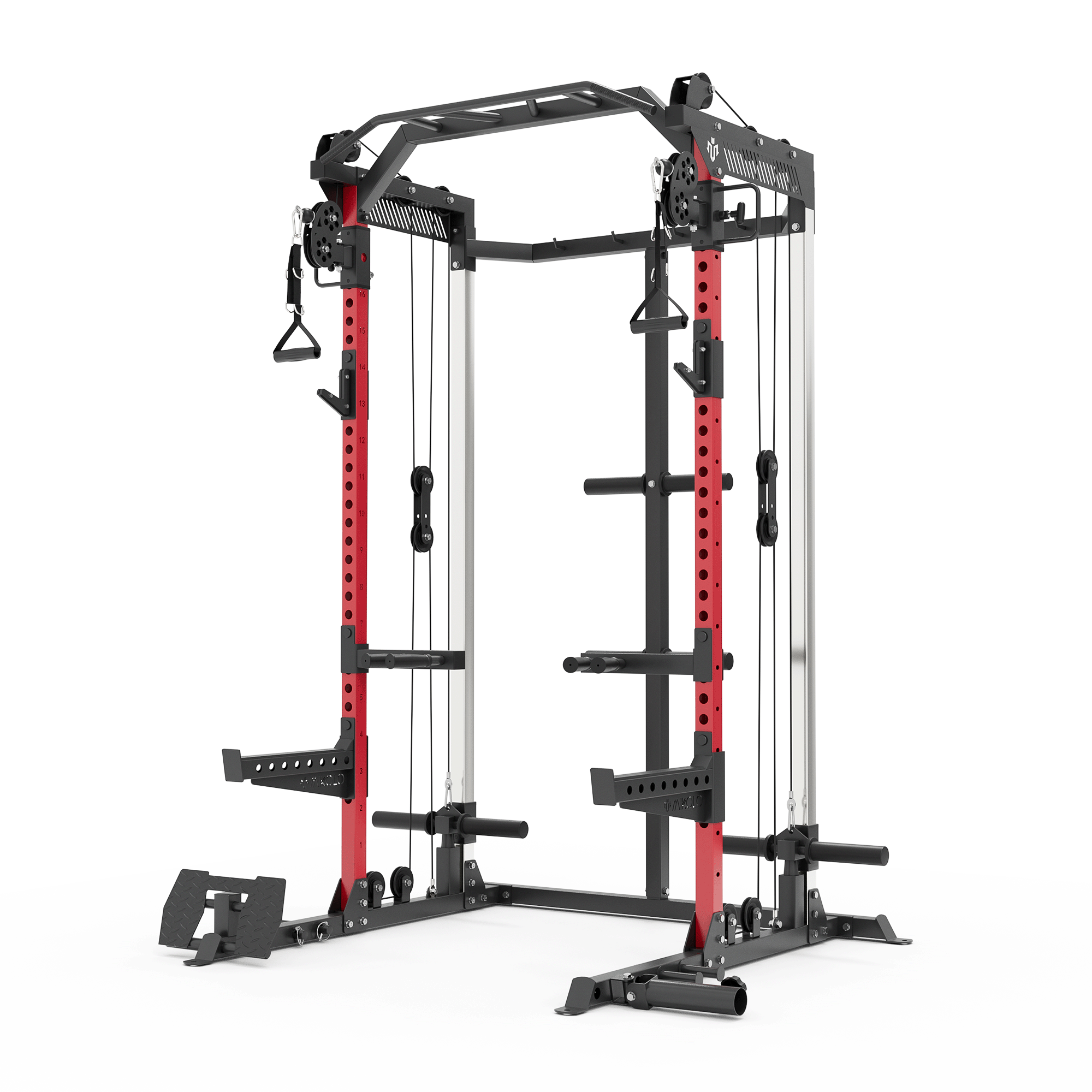



















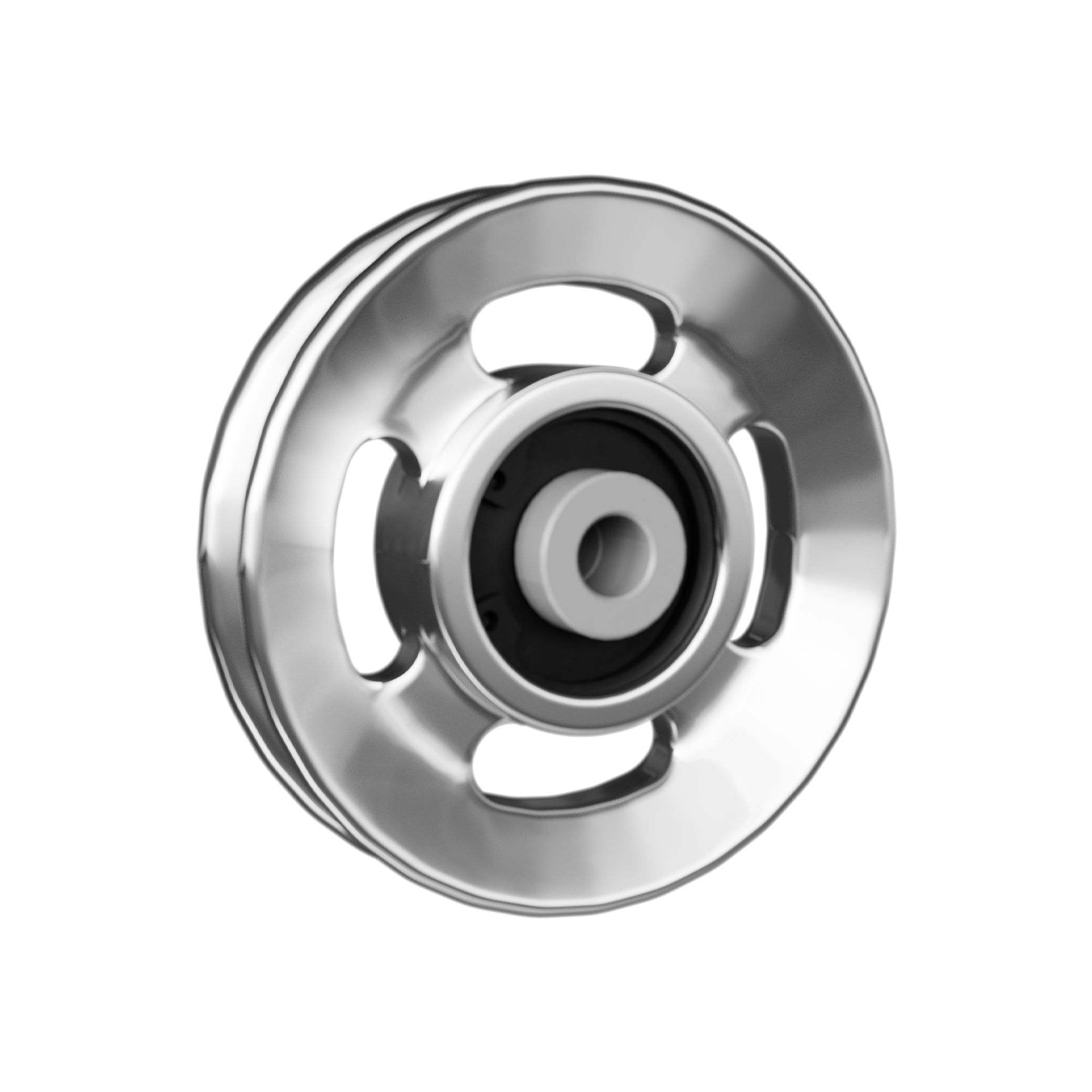



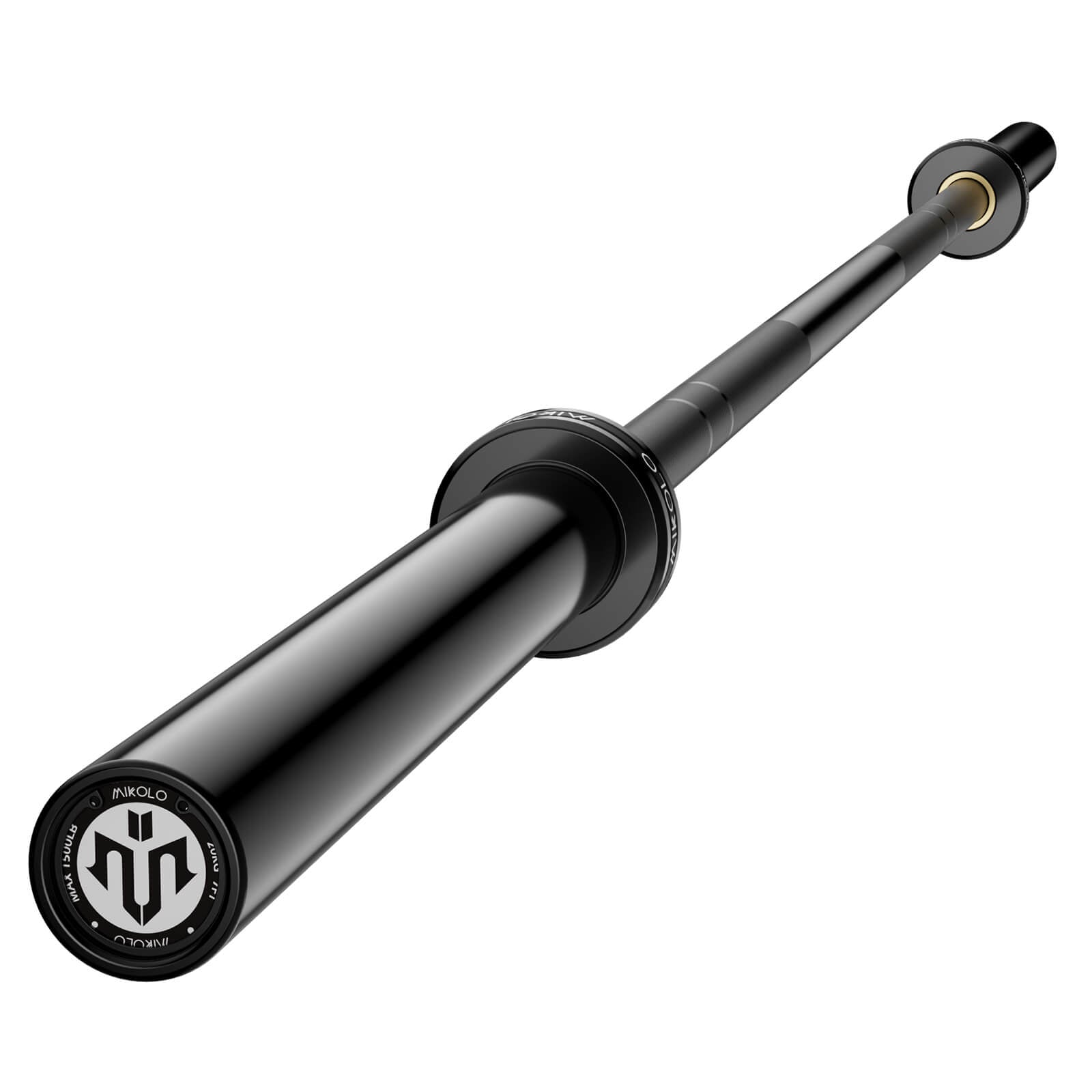









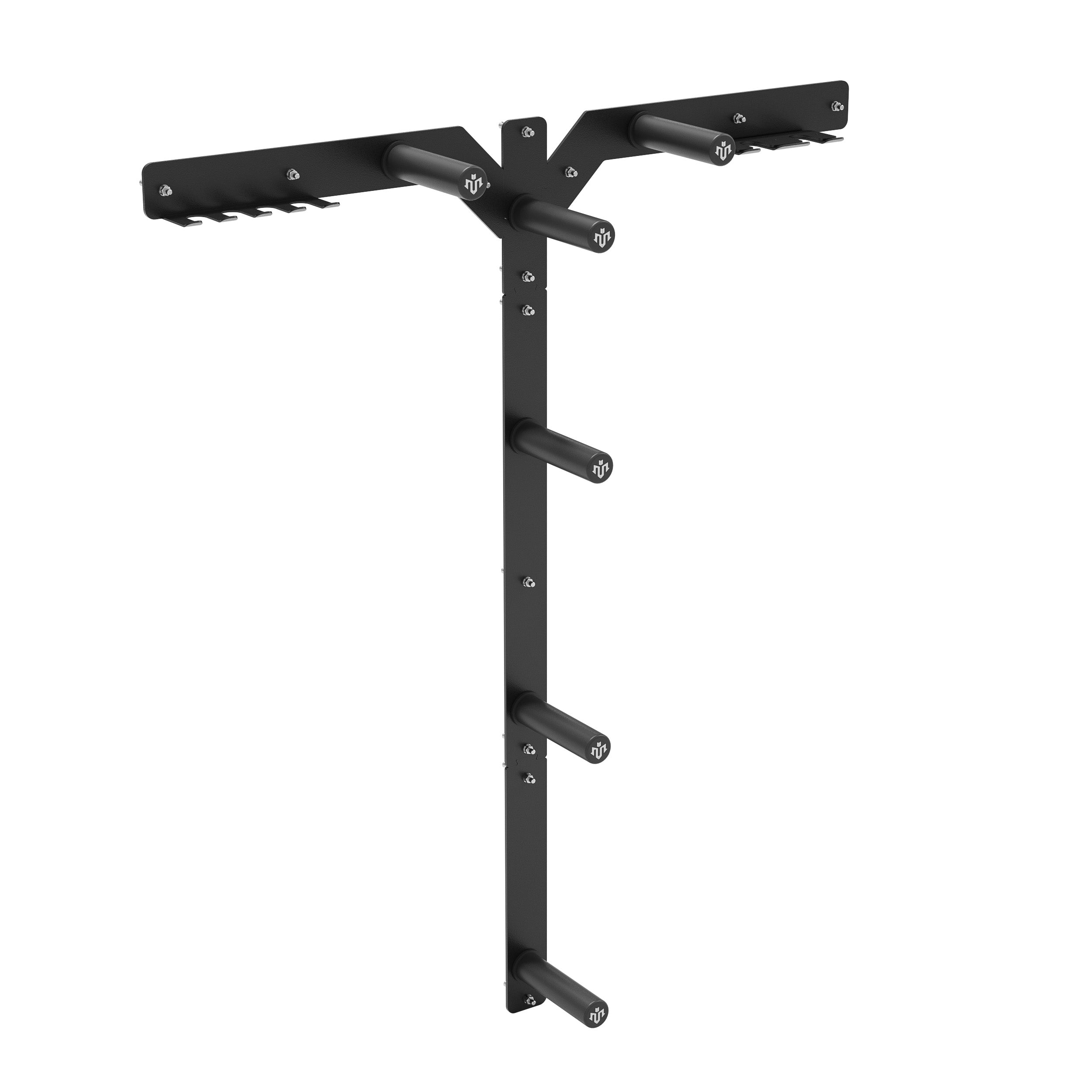





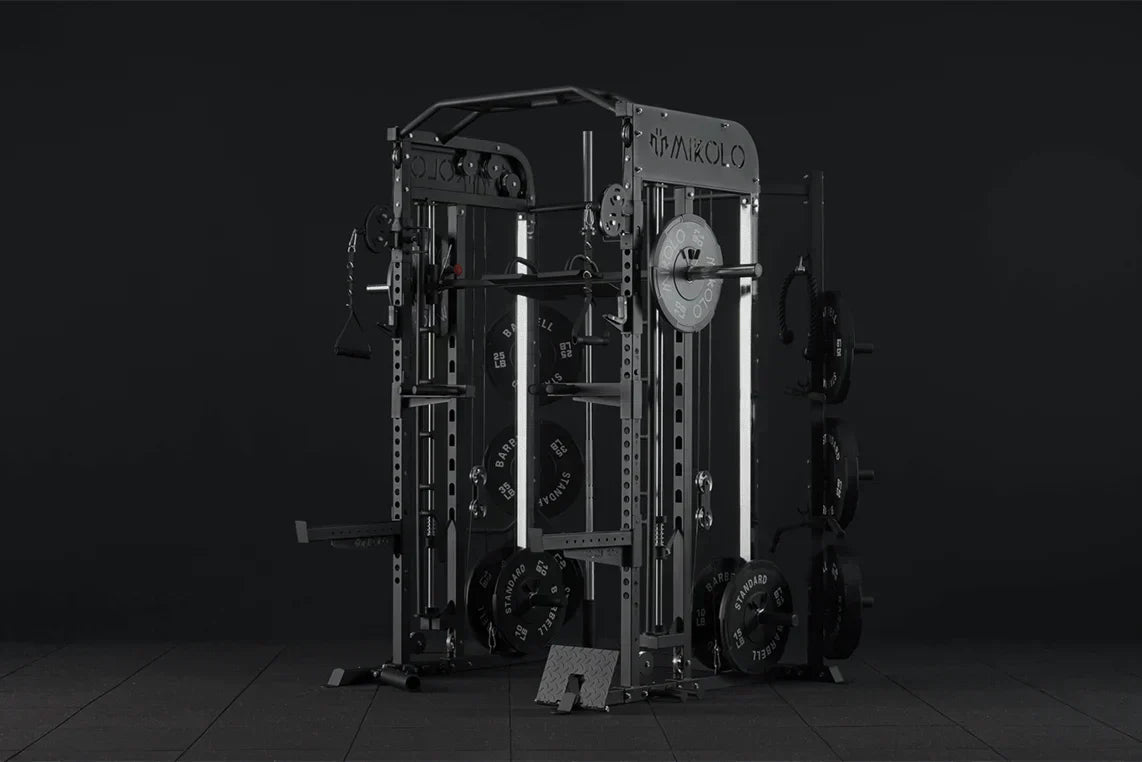
Leave a comment
This site is protected by hCaptcha and the hCaptcha Privacy Policy and Terms of Service apply.